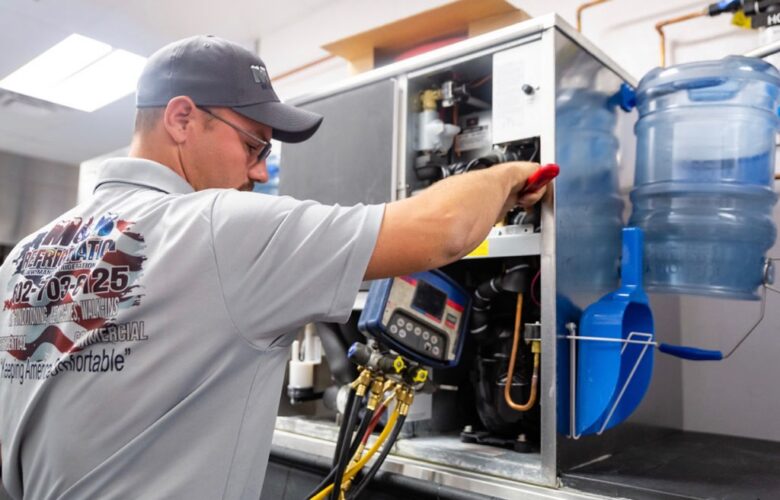Trimming trees is essential for maintaining tree health, encouraging growth, and enhancing aesthetic appeal, as well as ensuring safety by removing potential hazards. Here are five tree trimming tips that are crucial to remember:
1. Know the Best Time to Trim
Timing is critical when it comes to tree trimming. For most trees, the best time to trim is during the dormant season, typically in late winter before spring growth starts. This timing can vary with species and climate, so it’s important to research the specific needs of your trees. Some trees, like oaks, are better trimmed in mid-winter to avoid diseases like oak wilt.
2. Understand Tree Anatomy and Trimming Basics
Before making any cuts, it’s important to understand the basic anatomy of a tree and how it heals from cuts. Familiarize yourself with terms like “collar” (the tree’s healing tissue) and “crotch” (where branches join the trunk). Always make cuts just outside the branch collar to promote proper healing. Avoid leaving stubs, as they can be entry points for pests and disease.
3. Use the Right Tools and Techniques
Using the correct tools is essential for effective and safe tree trimming. Tools should be sharp and clean to make precise cuts and reduce the risk of spreading disease. Common tools for tree trimming include hand pruners, loppers, saws, and pole pruners. Use the three-cut method for large branches: an undercut, a relief cut, and then a final cut near the branch collar to prevent bark tearing.
4. Prioritize Safety
Tree trimming can be dangerous, so prioritize safety by wearing protective gear such as gloves, safety glasses, and a hard hat. If you’re using a ladder or working near power lines, take extra precautions. Never trim trees during adverse weather conditions. If the job seems too risky, it’s best to call professional arborists.
5. Be Conservative with Your Cuts
When trimming, it’s crucial to be conservative with the amount you remove. A good rule of thumb is never to remove more than 25% of a tree’s canopy at one time as this can stress the tree. Focus on removing only dead, damaged, or diseased branches, and maintain the tree’s natural shape. Over-trimming can lead to weak new growth and increase the tree’s vulnerability to pests and disease.
By following these tips, you can help ensure that your tree trimming efforts are effective, safe, and beneficial for the trees’ long-term health and beauty. Always consider the tree’s specific needs, and when in doubt, consult with or hire a professional arborist to tackle the job.
This post was written by a professional arborist at Arbor Wise Professional Tree Care. Robert Miller is the owner of Arbor Wise Professional Tree Care, a locally owned and operated tree service company that offers superb lawn care by the most experienced Arborists. Arborwise Tree Services is a tree service st petersburg fl company that offers stump removal, tree pruning, stump grinding, fertilization, and tree restoration. We have an extraordinary lawn care industry notoriety covering the Pinellas county area.



